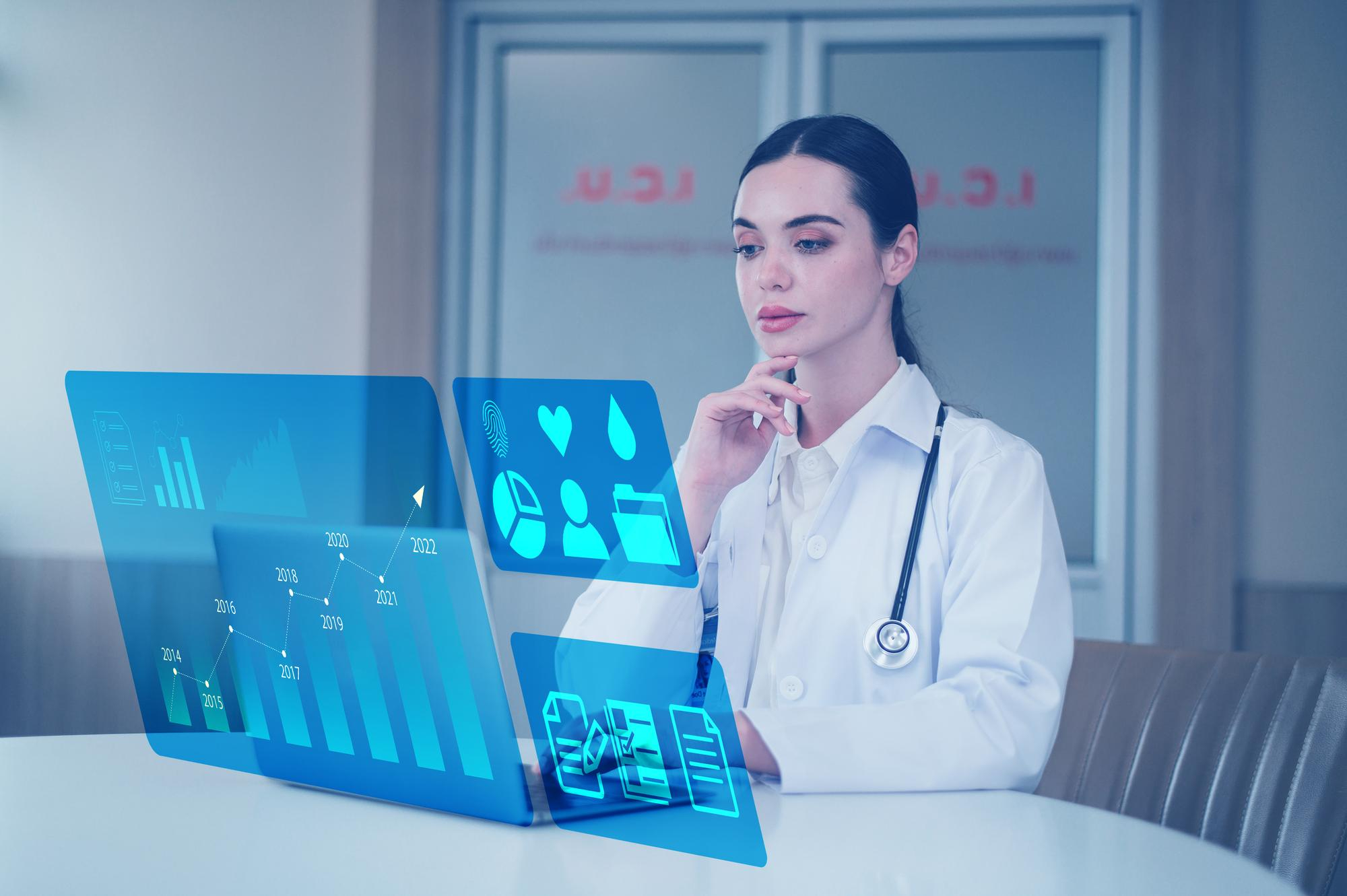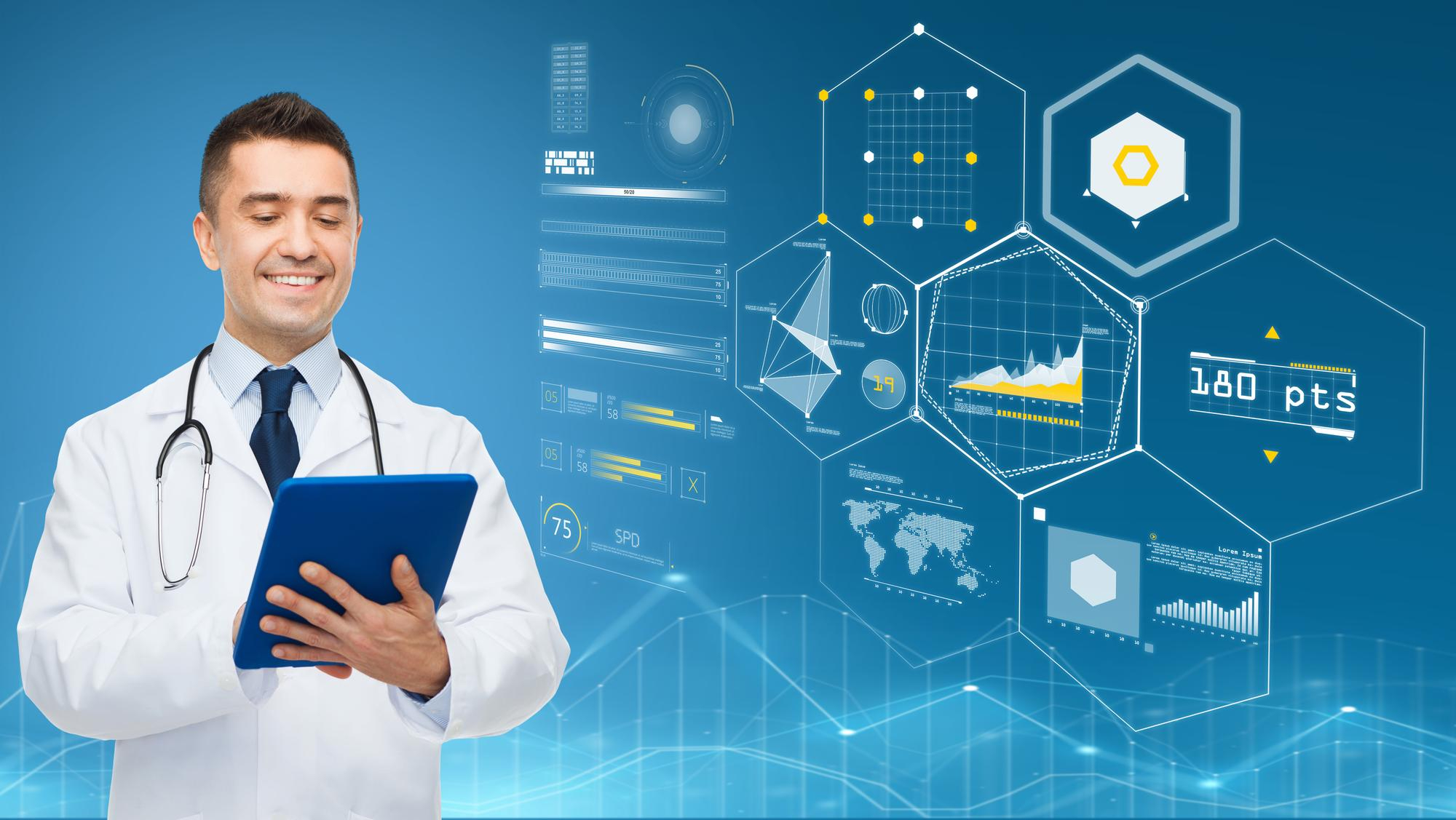
The Advent of Wearables and Remote Monitoring
In the modern era of digital health, wearable devices and remote monitoring tools have emerged as pivotal elements profoundly influencing the healthcare landscape. These innovations are not merely luxury tech gadgets for health aficionados; they are vital components driving significant transformations in clinical data collection and analysis.
Patient-Centric Care: A Paradigm Shift
At the heart of this revolution is the increasing emphasis on patient-centric care. Traditional healthcare was predominantly reactive, with interventions occurring after the onset of symptoms. However, wearables, like smartwatches, fitness bands, and specialized sensors, are facilitating a proactive approach. By continuously tracking health parameters, including heart rate, blood pressure, sleep patterns, and even blood glucose levels, these devices enable both patients and clinicians to get ahead of potential health issues.
Seamless Integration with EHRs
Moreover, the real-time data generated from these devices can be directly integrated into Electronic Health Records (EHRs). Such seamless integration offers healthcare providers a comprehensive view of a patient’s health, augmenting clinical decisions with data collected outside the hospital or clinic’s confines.
Remote Patient Monitoring: The Next Frontier
Another noteworthy advancement is in the domain of remote patient monitoring (RPM). RPM tools, often incorporated into or paired with wearables, allow healthcare professionals to monitor patients without the necessity of physical appointments. This capability is especially crucial for patients with chronic conditions such as diabetes, heart failure, or respiratory disorders. Constant data flow from these patients can alert clinicians to potential exacerbations, prompting early interventions and possibly reducing hospital readmissions.
Bodhansoft’s Role in Harnessing Wearable Data
Companies like Bodhansoft are tapping into this potential, understanding the depth and breadth of opportunities that wearables and remote monitoring offer in clinical data collection and analysis. Through robust data analytics platforms, organizations can interpret the vast amounts of data that wearables generate. Patterns and trends that might escape the human eye become discernible, allowing for predictive analytics that can anticipate potential health risks.
Ensuring Data Accuracy and Personalized Care
Yet, it’s not just about data quantity; the quality is equally paramount. Wearables and RPM tools enhance data accuracy. Traditionally, patients might record symptoms or readings in a diary, susceptible to recall bias or errors. Now, with automatic data logging, inaccuracies decrease significantly.
This evolving landscape also offers opportunities for personalizing care. With insights drawn from the continuous data stream, treatments can be tailored to individual patients. Instead of a one-size-fits-all model, healthcare is moving towards a bespoke approach, where interventions are aligned with a patient’s unique physiological and behavioural patterns.
Challenges and Solutions in Wearable Data Integration
However, while the prospects are enticing, challenges remain. Data privacy concerns, especially with third-party applications accessing health data, are prominent. Integration issues with existing EHR systems can also pose hurdles. Yet, with companies like Bodhansoft at the forefront, solutions are emerging to address these challenges, ensuring that the benefits of wearables and RPM are realized without compromising patient security or data integrity.
Looking Ahead: A Collaborative Healthcare Future
In conclusion, the convergence of wearables and remote monitoring tools is shaping a new horizon in clinical data collection and analysis. As technology continues to advance and integrate deeper into healthcare, the line between patient and provider will blur, fostering a collaborative environment powered by real-time, accurate, and actionable health data. With the expertise of tech innovators like Bodhansoft, the future of clinical data looks promising, with wearables and RPM tools leading the charge.
STAY IN THE LOOP
Subscribe to our free newsletter.
Nam lacinia arcu tortor, nec luctus nibh dignissim eu nulla sit amet maximus.
Nam lacinia arcu tortor, nec luctus nibh dignissim eu nulla sit amet maximus.
Vivamus magna justo, lacinia eget consectetur sed, convallis at tellus.
Nam lacinia arcu tortor, nec luctus nibh dignissim eu nulla sit amet maximus.





